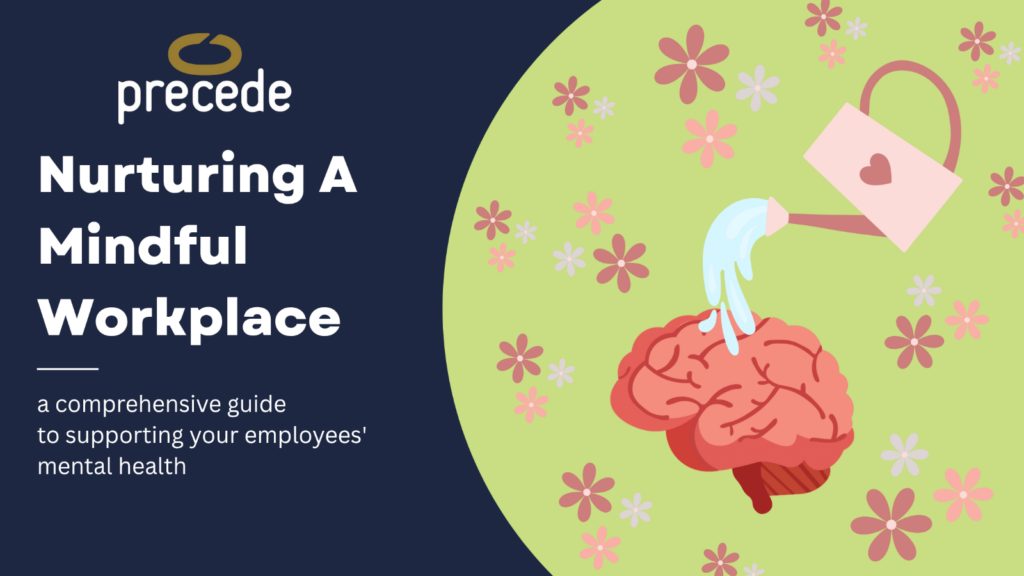
Did you know that 81% of workers report that workplace stress negatively affects their overall mental health? As employers, we must understand that our employees’ well-being extends beyond physical health—mental health is just as important for fostering a happy and productive workplace.
What Does Good Mental Health In The Workplace Look Like?
Positive Attitudes: A mental health conscious workplace allows employees to approach their work and face any challenges that arise with optimism and resilience!
Low Absentee Rates: Supporting mental health not only reduces absenteeism but also leads to higher productivity, and enhances performance rates.
Empathy And Compassion: A supportive work environment fosters growth and open communication. Empowering employees to take risks, learn from their mistakes, and engage in constructive discussions without fear of judgment.
How Can Employers Foster A Mental Health-Friendly Workplace?
Education & Resources: Provide access to mental health resources, wellness programs and workshops to help encourage your staff to seek out support and enhance their overall well-being.
Provide opportunities: Providing your team with regular opportunities for growth is shown to boost morale, engagement rates, trust, and appreciation!
Open door policy: Encouraging honest communication allows employees to express any concerns without fear of stigma. It also helps build trust and reduces stress that comes from unresolved issues.
Recognize and appreciate: Take the time to acknowledge the hard work of your staff, when employees feel recognized it boosts positivity, morale, increases productivity and promotes innovation.
Respect, Inclusion & Fairness: Cultivating a respectful, inclusive culture in the workplace ensures all employees feel valued. Encourage conversations about inclusivity in the workplace and always ensure a high standard of respect is maintained.
Mental Health Benefits: Offering mental health benefits allows employees to seek out professional help, fostering a more supportive and engaged workplace while also improving relationships, and success rates.
Taking the time to invest in mental health within your workplace is not just important, it’s also a smart business decision. By prioritizing employee well-being, fostering open communication, and providing access to resources, organizations can cultivate a more engaged, productive, and resilient workforce. It’s time to move beyond simply acknowledging mental health and beginning to actively build a culture where everyone feels supported and empowered to thrive, both personally and professionally.
